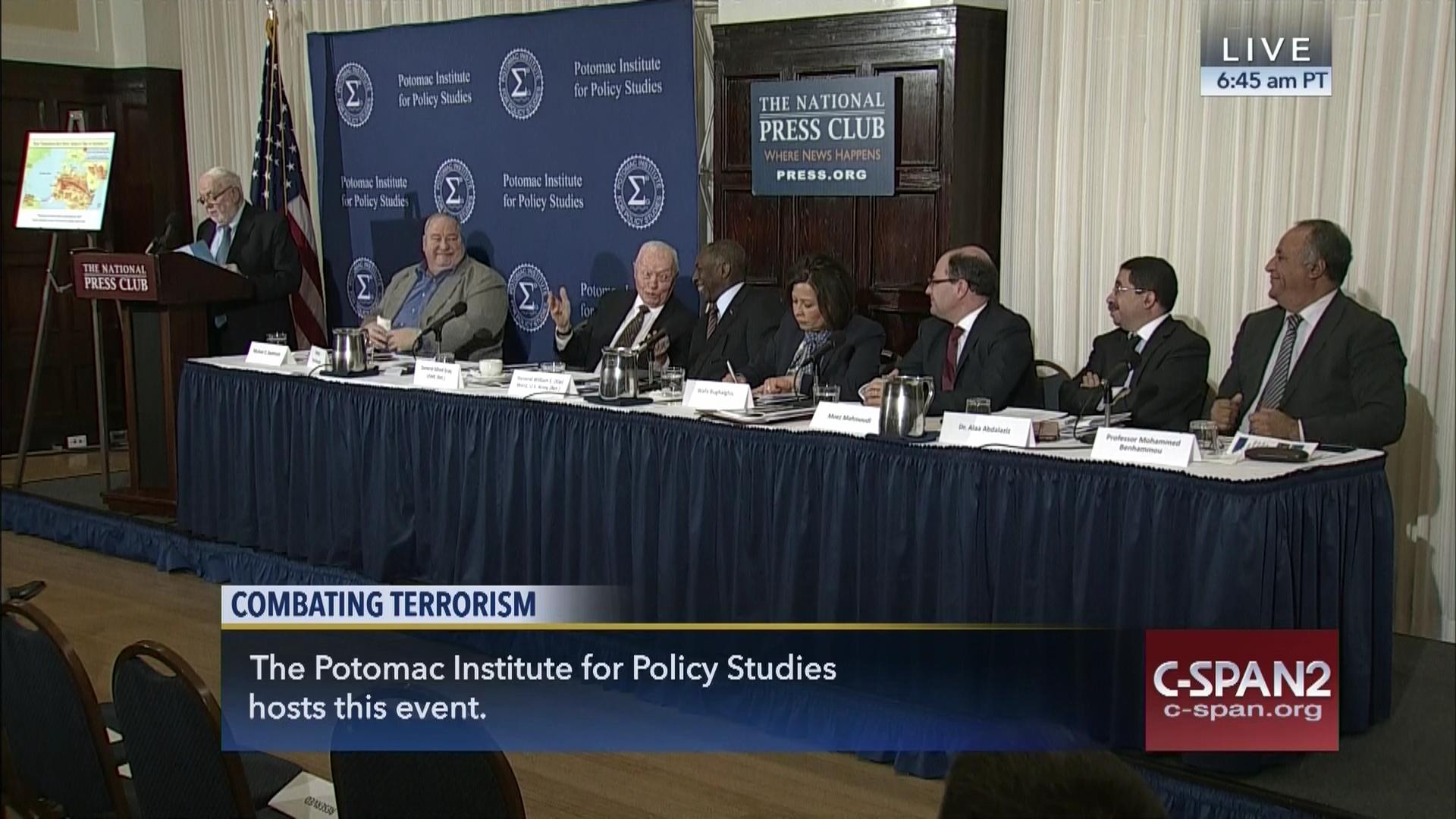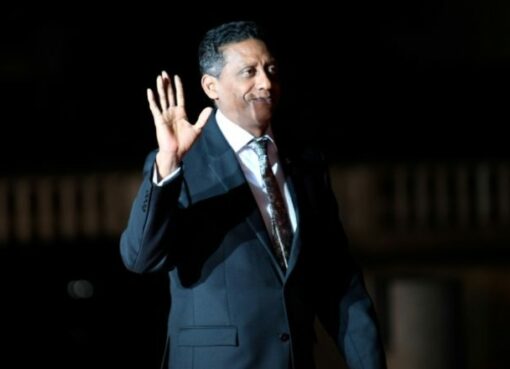Good Afternoon, Ladies and Gentlemen. Thanks Yonah for the introductory remarks.
Let me start my presentation with a quote from an Indian statesman, diplomat and visionary, Sardar K.M. Panikkar: He said, “While to other countries, the Indian Ocean is only one of the oceanic areas, to India it is the vital sea. Her future is dependent on the freedom of its waters.”
That sets the agenda for today’s my presentation. I will try to examine the Maritime Security issue in three parts. First, What actually has changed in the maritime domain in the recent past that we are increasingly concerned about. Second, What Maritime Security means for India. And Third, Prime Minister Modi government’s vision of India’s role as Net Security Provider in the region.
First, What has changed!
New Powers have emerged on the maritime domain who are increasingly prone to use `Military Power’ to force geo-political changes to their advantage and consequent militarization of the region. Yes, I am talking about China. Japan, Koreas, and ASEAN countries are responding with increased naval acquisitions. China’s nuclear and conventional sub-marines are making frequent visits to ports in the Indian neighborhood, including Sri Lanka. The ostensible purpose is fight against piracy. It is beyond my imagination how do you fight piracy with sophisticated nuclear submarine.
Piracy in the East African coastal region and to some extent in the Malacca straits is of major concern. Thanks to multinational cooperation that the menace is controlled to a large extent. Drug and Human trafficking are equally troubling phenomena.
Terrorism acquired new dimensions with sea-borne attacks by Al Qaida on the USS Cole in 2000 in Yemen and by Lashkar e Taiba on Mumbai city in 2008. Islamic State and Al Qaida are expanding to control coastal regions in Libya, Yemen and other parts of the region. Instability in the Middle East led to massive evacuations and refugee exodus. Terrorist groups in the Philippines, Malaysia and Indonesia have gained varied degree of control over their respective coastal regions.
Maritime disasters have become fairly frequent demanding multi-national effort for Search, Rescue and Evacuation Operations. The 2004 Tsunami is still fresh in our memory for the havoc it caused across the maritime belt from Indonesia to India. The wreckage of Malaysian airlines MH 370, which disappeared from mid air over Indian ocean in March 2014, is yet to be traced.
These are just a few examples of emerging major threats at or from the sea. Now, let me dwell on what it means for India!
Sticking to China’s `string of pearls’ strategy, it is building new ports in the Indian neighborhood which have definite military connotation. While the stated purpose is to safeguard Sea Lanes of Communications (SLOCs) under its OBOR project, Chinese activities elsewhere do not provide us any comfort.
Nearly 2/3rds of India’s trade comes through the oceans. About 50% of it travels through the South China sea and the Malacca straits in the East and an equal amount from the Straits of Hormuz in the west. While oil dominates western trade, mineral resources like Iron ore, coal etc., take prime spot on the east. India’s Act East policy and re-energized economic relations with Gulf States and Africa are expected further boost its maritime trade. According to the new Maritime Agenda, India has set itself a target of quadrupling sea borne trade by 2020.
There has also been a higher incidence of natural disasters and regional instabilities necessitating increased deployment of the Indian navy for Humanitarian Assistance and Disaster Relief (HADR) operations and Non-combatant Evacuation Operations (NEO). Recent instability in the Middle East have thrown up new maritime challenges for India. India has the second largest diaspora in the world, of nearly 28.5 million spread across 206 nations and territories. These include nearly 11.5 million Non-Resident Indians who are Indian citizens, and another 17 million Persons of Indian Origin. Indian navy has recently evacuated large number of Indians and other nationals including Americans who had stranded in Yemen and Libya.
Following the 26/11 Mumbai terror attack, India realized the scope of vulnerabilities in its coastal security. India has a vast coastline extending to more than 7,500 km, with more than 1200 islands, and a large Exclusive Economic Zone of about two million Sq. Kms. There are 13 major and 176 minor ports. India envisages massive civilian port development and ship building activity to enhance maritime trade. Several pro-active measures have been taken to restructure coastal security and push the defensive perimeter further away from the coast into the seas. The focus was on building National Maritime Domain Awareness (NMDA) grid and National Command Control Communication Intelligence (NC3I). It connects 41 radar stations located along the coast and on the island territories which help collate, fuse and disseminate critical intelligence and information about `unusual or suspicious movements and activities at sea’.
Now, we come to third and final part of my presentation – Maritime Security Vision of the Indian government;
During his visit to Mauritius last year, Prime Minister Modi declared, “our goal is to seek a climate of trust and transparency; respect for international maritime rules and norms by all countries; sensitivity to each other’s interests; peaceful resolution of maritime issues; and increase in maritime cooperation.” Following are the main features of the policy:
- protecting India’s sovereignty and territorial integrity against threats in the maritime environment through strengthening of its defense forces and act as Net Security Provider in the region.
- deepening bi-lateral security cooperation with regional partners like Seychelles, and Mauritius. Supplying of military equipment for maritime monitoring, developing infrastructure for connectivity in the Assumption Island in the Seychelles and Aga Lega in Mauritius and launching of coastal surveillance radar project are highlights of the cooperation.
- strengthening regional mechanisms – India, Sri Lanka and Maldives have a trilateral maritime cooperation in combatting terrorism and piracy and responding to natural disasters. Other countries like Mauritius and Seychelles are invited to join. Indian Ocean Rim Association (IORA), comprising over 20 member states, Indian Ocean Naval Symposium (IONS) and ASEAN Defence Ministers Meeting (ADMM) Plus are major partners in ensuring maritime security of the region.
- expanding maritime cooperation with other major powers including the US, Japan, Australia, Thailand etc. to ensure freedom of navigation in international waters. India has been conducting naval exercises with all these powers. India and China are also engaged in high level dialogue which also involve maritime issues.
- Cooperation for `blue economy’ for sustainable economic development. India and Seychelles agreed to set up a joint working group for the purpose.




